Exploring the great outdoors on a hike can be an exhilarating experience. The fresh air, the picturesque landscapes, and the sense of adventure can make for an unforgettable outing. However, while you’re busy enjoying nature, there might be some incredibly stealthy animals silently observing you from the shadows. These creatures are so adept at staying hidden that you might never even notice their presence.
1. The Silent Gaze of a Mountain Lion
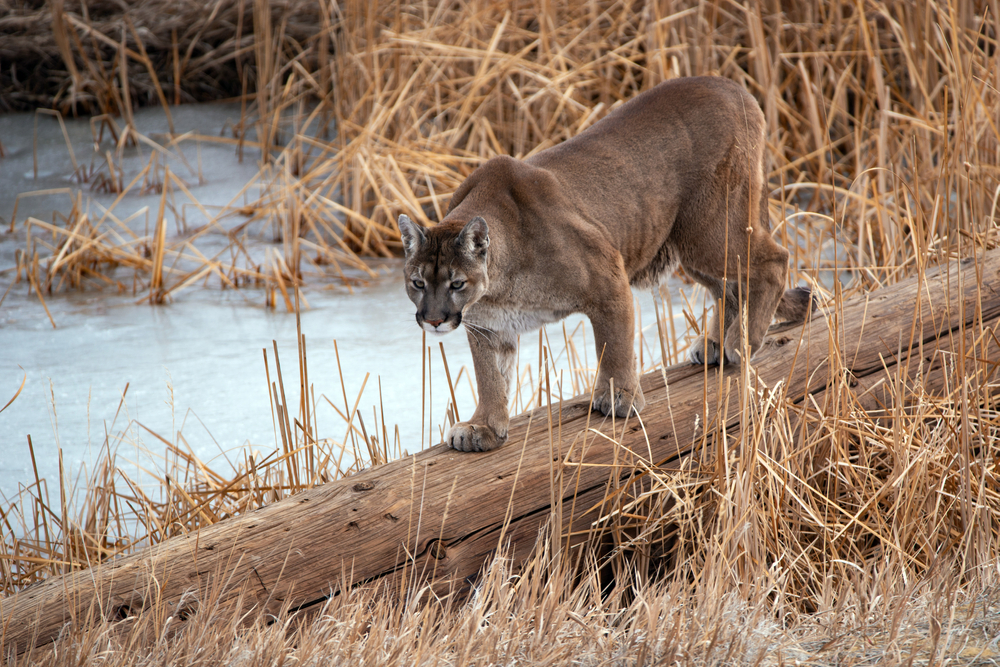
Mountain lions, also known as cougars or pumas, are incredible stalkers, silently observing their surroundings while blending seamlessly into their environment. These big cats are known for their solitary nature, which makes encounters with humans quite rare. However, if you happen to be in their territory, they might be watching you without you even knowing it. With their exceptional eyesight and acute sense of hearing, they can detect even the slightest movement or sound from far away. According to the National Park Service, mountain lions are most active during dawn, dusk, and nighttime, making them even harder to spot during a typical daytime hike.
You might think that being in a group would deter them, but mountain lions have been known to stalk groups, especially if they consider any member vulnerable. They tend to approach quietly from behind, relying on their stealth to get as close as possible before deciding to attack or retreat. If you feel like something’s watching you but see nothing upon looking around, it might just be this elusive feline. Remember to stay alert, make noise occasionally, and avoid hiking alone in areas known for mountain lion activity. By maintaining eye contact and appearing larger, you can deter a potential encounter.
2. The Ever-Watchful Coyote
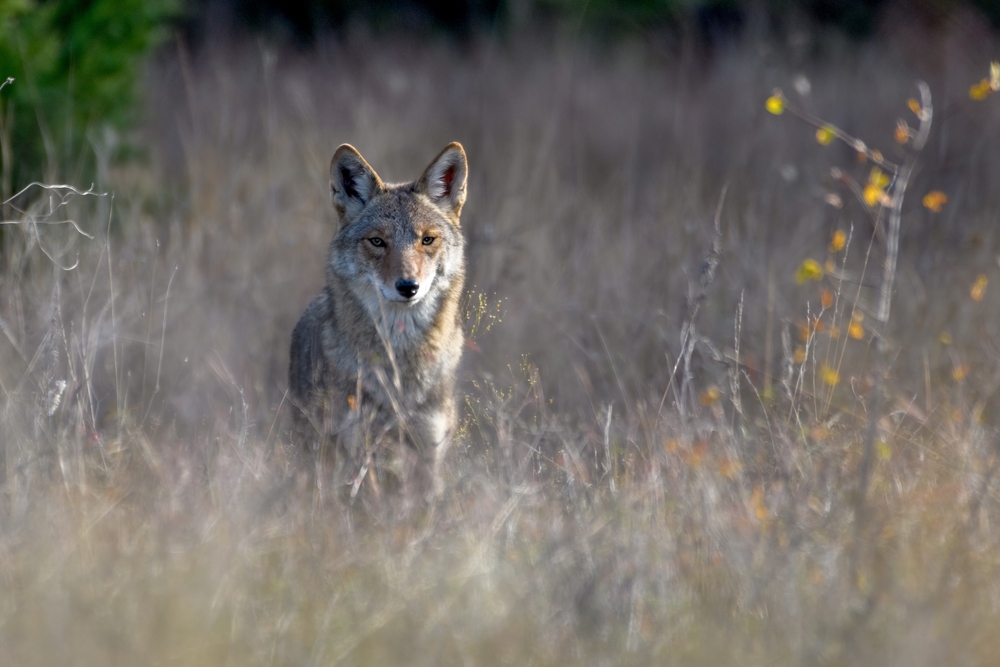
Coyotes are highly adaptable creatures that have learned to live alongside humans, often in urban and suburban areas. While you’re on a hike, you might be surprised to learn that a coyote could be watching you from a distance. They’re naturally curious animals and often observe hikers to assess whether they’re a threat or if there’s an opportunity for an easy meal. According to the National Geographic, coyotes have expanded their range across North America, and their keen senses make them formidable stalkers.
These canids are most active during dawn and dusk, and their coloration helps them blend into the landscape effortlessly. They’re known for their intelligence, often working in pairs or small groups to track potential prey. As you traverse the trails, a coyote could be following your movements, waiting for the perfect moment to scavenge any unattended food or trash. To minimize the chance of a close encounter, secure your food and waste, and make noise to announce your presence. Coyotes may watch silently from a distance, but they’re generally more interested in scavenging than interacting with people.
3. The Stealthy Bobcat
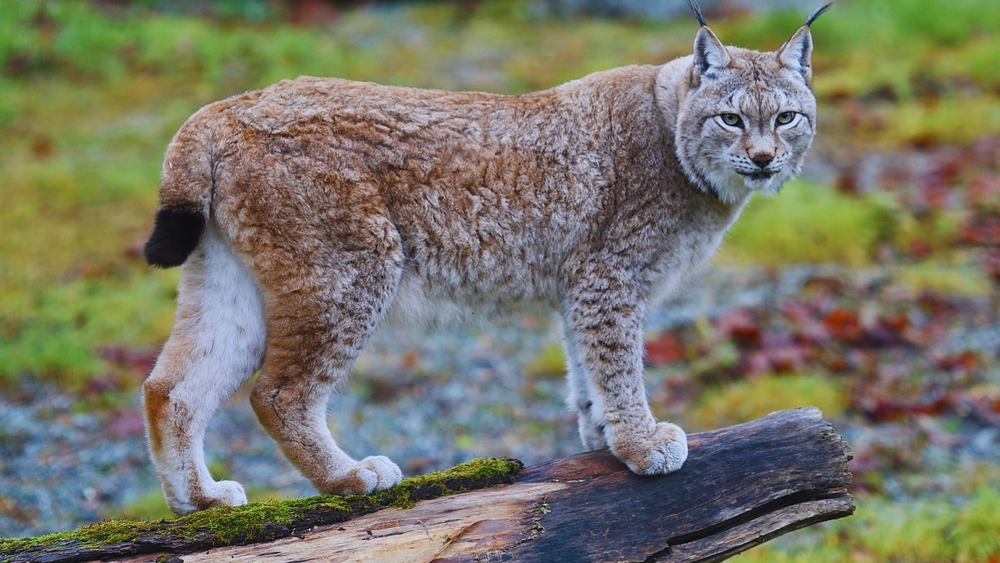
Bobcats are elusive mid-sized felines that are incredibly skilled at remaining undetected in their natural habitats. These solitary hunters are masters of camouflage, with their tufted ears and spotted coats allowing them to blend flawlessly into the forested and rocky terrains they call home. If you’re hiking in bobcat territory, they might be observing you from a concealed vantage point, using their sharp senses to evaluate any potential threat or opportunity. According to the U.S. Fish & Wildlife Service, bobcats are primarily nocturnal, but they can also be active during the day, especially in the winter.
Bobcats have a cautious approach and are unlikely to confront humans unless cornered or threatened. As you hike, you may never notice the bobcat silently shadowing your steps, maintaining a safe distance while keeping you within its keen eyesight. They tend to be particularly interested in small mammals, so if you’re exploring with a pet, it may pique their curiosity even more. To ensure you’re not inadvertently inviting a bobcat to follow, keep pets on a leash and stay on marked trails. By respecting the wilderness and maintaining awareness, you’ll likely pass by these beautiful creatures without ever realizing they’re there.
4. The Clever and Observant Raccoon
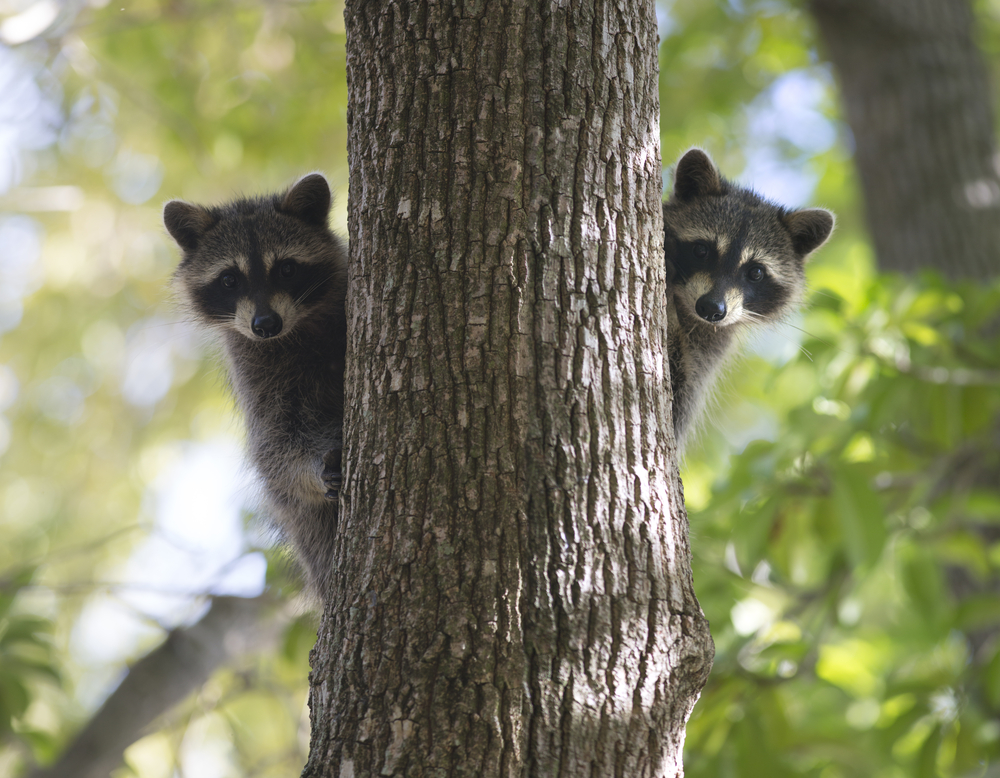
Raccoons are intelligent, dexterous, and incredibly curious creatures often found in wooded areas and near water sources. They’re known for their ability to adapt to various environments and are notorious for their scavenging behaviors. While hiking, a raccoon might be trailing you from a safe distance, drawn by the scent of food or the potential for an easy meal. As night falls, these nocturnal animals become more active, using their keen sense of smell and nimble paws to investigate anything that might provide a meal or entertainment.
Their distinctive black mask and bushy tail make them easy to recognize, yet raccoons can blend into the shadows remarkably well, remaining unnoticed as they trail behind. To prevent a raccoon from becoming too curious about your presence, securely store food and trash, and avoid feeding wildlife. Even though raccoons might be following you, they’re more interested in what you leave behind than in direct interaction.
5. The Elusive Gray Fox
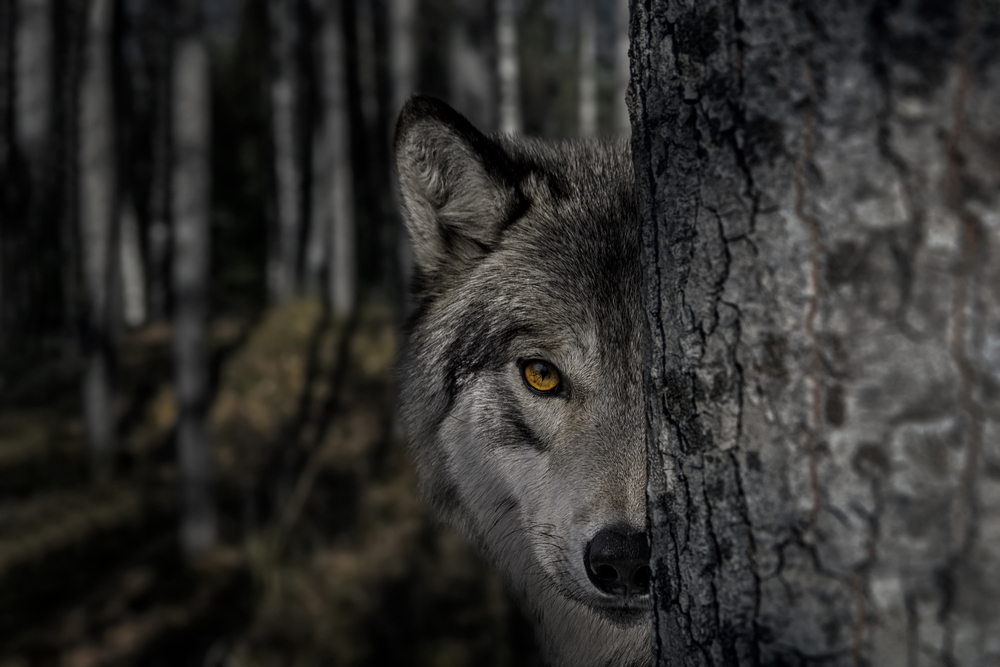
Gray foxes are fascinating creatures with an extraordinary ability to climb trees, a skill that sets them apart from most other canids. These small, secretive animals are primarily nocturnal but can be active during the early morning and late afternoon. While hiking through their territory, a gray fox might be watching you from a well-concealed perch in a tree or the underbrush. Their grayish coats and black-tipped tails provide excellent camouflage, allowing them to remain hidden in plain sight.
Although they are shy and generally avoid human interaction, gray foxes are naturally curious and may follow hikers out of interest or in search of food. Their ability to move silently and swiftly through their environment means they can trail you without making a sound. To avoid encouraging a close encounter, keep your food secure and be mindful of your surroundings. Understanding and respecting their space ensures that any observation remains harmless and distant. By appreciating the subtle presence of these creatures, you can deepen your connection to the wild world around you.
6. The Sly Red Fox
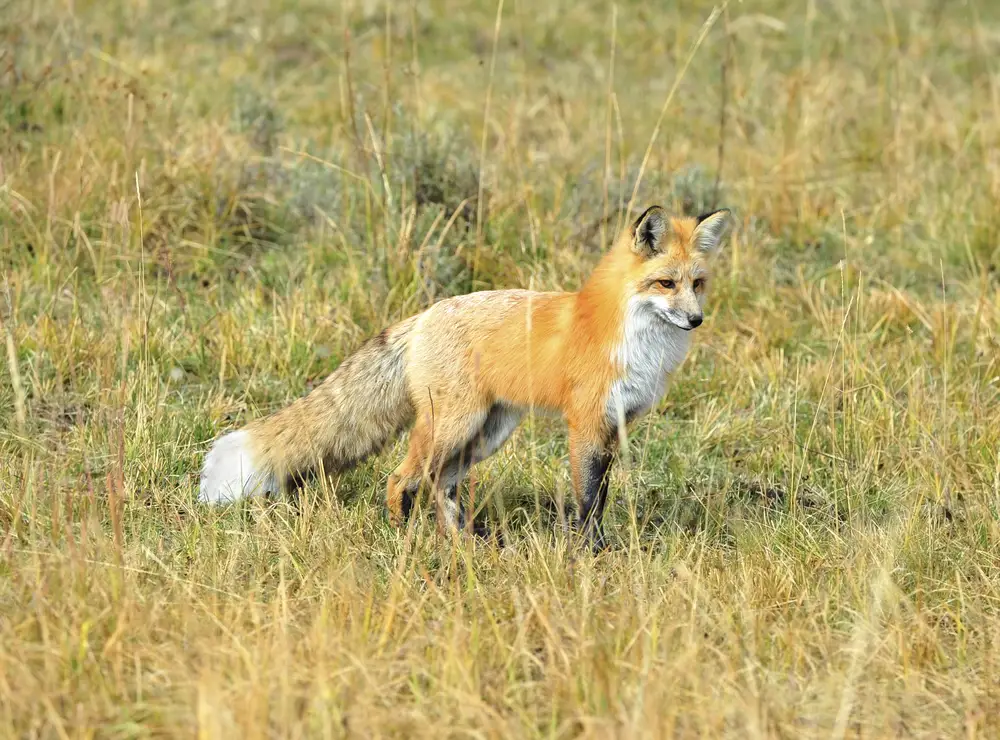
Red foxes are known for their cunning and adaptability, often appearing near human settlements and in various natural habitats. With their striking red coats and bushy tails, they are both beautiful and elusive. On a hike, a red fox might be nearby, watching you from a distance with its sharp, inquisitive eyes. Unlike some other animals, red foxes are quite bold and may approach if they believe there’s an opportunity for a free meal. Their natural curiosity often leads them to follow hikers, especially if they detect the scent of food or hear unusual noises.
These clever creatures are most active during twilight and nighttime, although daytime sightings are not uncommon. They rely on their acute sense of hearing and smell to navigate their environment and locate prey or scavenging opportunities. While they may seem friendly or tame, it’s essential to remember that red foxes are wild animals and should be treated with respect and caution. To keep these sly observers at bay, secure your food and waste, and avoid feeding or attempting to interact with them. By maintaining a respectful distance, you can enjoy the presence of red foxes as a curious element of your hiking experience.
7. The Watchful Eyes of an Owl
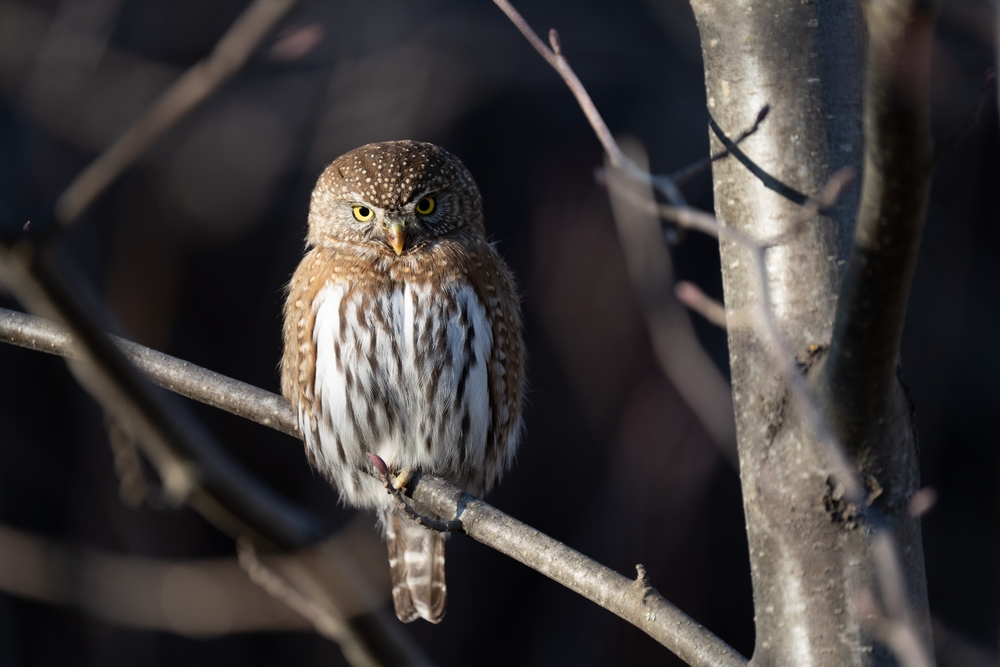
Owls are mysterious, nocturnal birds of prey known for their silent flight and keen hunting skills. While you’re out on a hike, particularly early in the morning or late in the afternoon, an owl might be observing you from a high perch in a tree. Their incredible camouflage and ability to blend into the foliage make them difficult to spot, even if they’re watching you closely. Unlike some other animals on this list, owls are more interested in hunting small mammals and insects than in following hikers. Yet, their curiosity might lead them to keep an eye on you as you pass through their territory.
With their incredible eyesight and acute hearing, owls can detect even the slightest sound of movement, making them effective stalkers of the night. You might not notice them, but they could be tracking your steps from a distance, using their silent flight to move from one vantage point to another. If you happen to spot an owl, consider it a rare and special encounter, as they are often more heard than seen. To appreciate the presence of these fascinating birds, maintain a quiet demeanor and observe from a safe distance without disturbing their habitat. Owls are a reminder of the secrets that the natural world holds, often hidden in plain sight among the trees.
8. The Hidden Watcher: A Deer
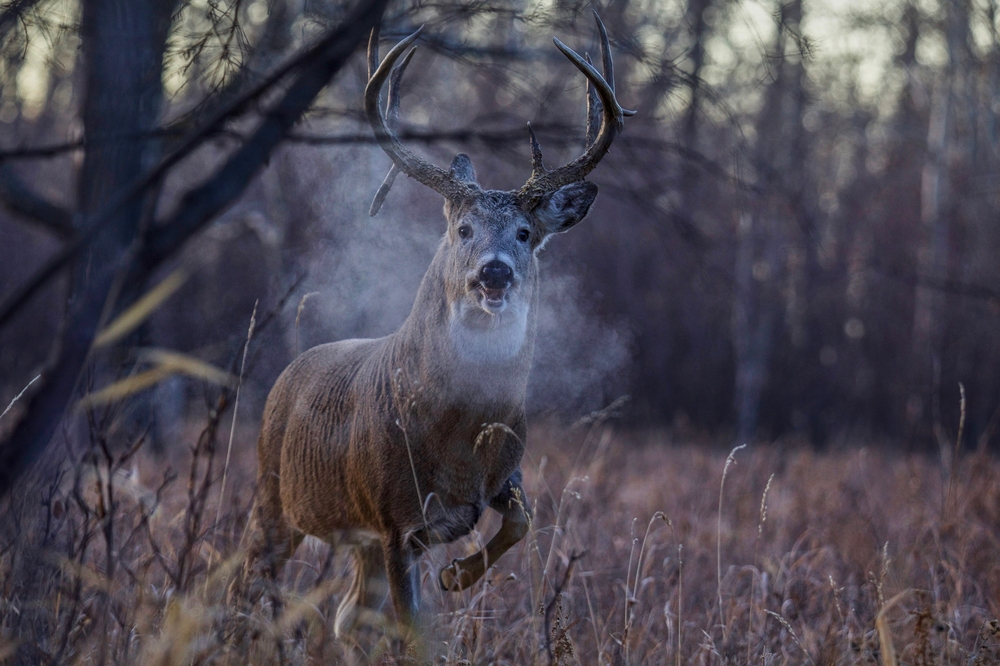
Deer are graceful, gentle creatures often encountered in many hiking areas, especially those with lush vegetation and water sources. While they’re not predators, deer have an innate curiosity and may observe hikers from a distance to determine if there’s any threat. Their ability to blend into their surroundings, especially during the fall, allows them to remain hidden while they watch you pass by. Deer have sharp senses, including excellent hearing and a keen sense of smell, which helps them detect potential threats long before they’re in sight.
While hiking, you might catch a fleeting glimpse of a deer or hear the subtle rustle of leaves as they move quietly through the forest. They’re most active during the early morning and late afternoon, which coincides with common hiking times. If you find yourself being observed by a deer, it’s likely assessing whether you’re a danger or simply a passerby. To avoid startling these peaceful animals, move slowly and quietly, and respect their space. Deer add a serene and magical element to the hiking experience, reminding us of the tranquility and beauty of the natural world.
9. The Inquisitive Bear
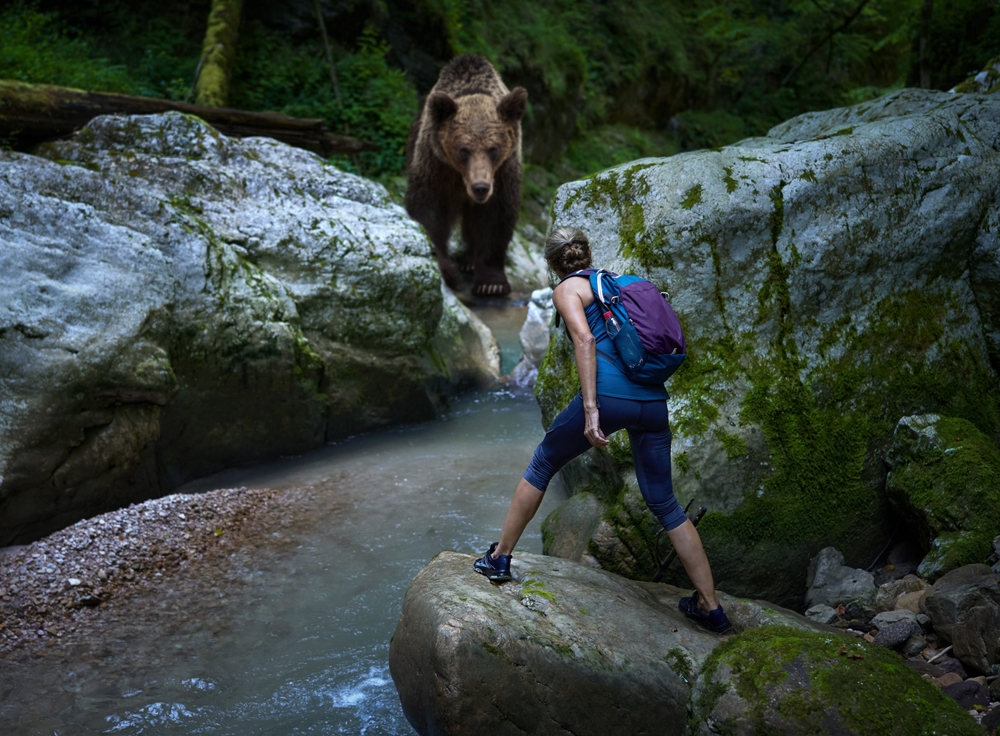
Bears are powerful creatures that command respect and attention when encountered in the wild. While it’s not common for bears to actively stalk hikers, they may be curious about human presence, especially if they detect food scents or unfamiliar noises. In regions where bears are prevalent, they might shadow your path from a distance, using their acute sense of smell to gather information. Unlike some other animals, bears are more likely to follow their noses rather than visually track hikers. If you’re hiking in bear country, it’s crucial to be aware of your surroundings and take appropriate precautions.
It’s essential to carry bear spray and make noise to announce your presence, reducing the likelihood of surprising a bear. Store food and trash securely, as bears are often attracted to the possibility of an easy meal. Bears are typically shy and avoid direct contact with humans, but their curiosity can sometimes lead to closer encounters than desired. Remember that these creatures are not just observing but are also learning and adapting to their environment. By understanding their behavior and respecting their space, you can safely share the trails with these majestic animals.
10. The Ghostly Presence of a Porcupine
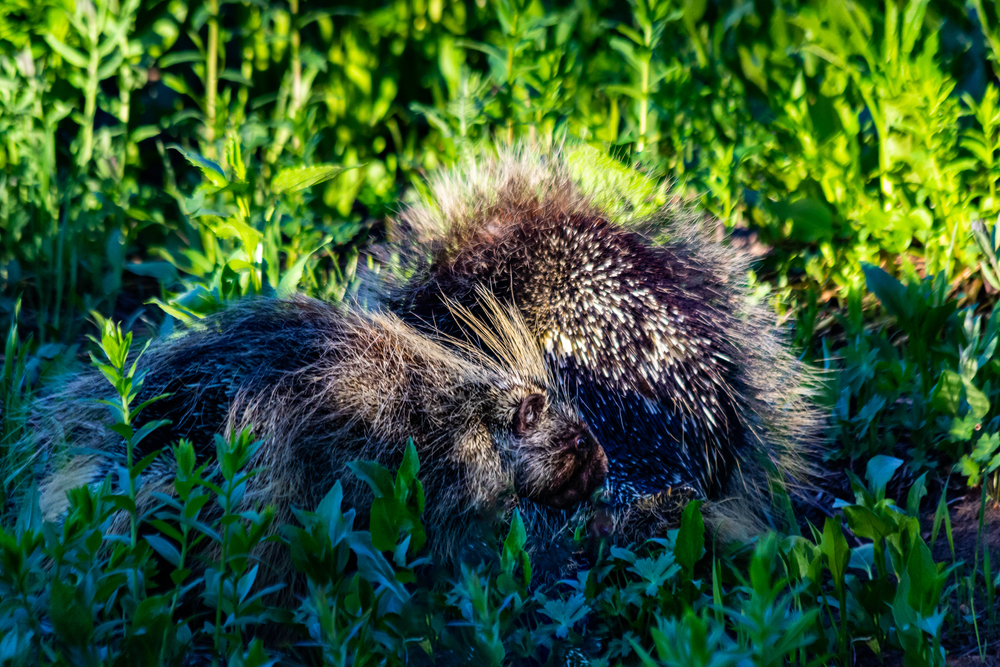
Porcupines are nocturnal rodents known for their quills, which they use for defense against predators. During a hike, particularly in areas with dense forests and rocky terrain, a porcupine might be observing you from a safe distance. These creatures are generally solitary and prefer to avoid confrontation, often relying on their camouflage and quills for protection. While not aggressive, their curious nature may lead them to watch hikers as they pass by, especially if they’re near a favored food source like tree bark or leaves.
Porcupines are slow-moving and primarily arboreal, spending much of their time in trees, which makes them difficult to spot. You might notice signs of their presence, such as chewed bark or droppings, rather than the animals themselves. If you happen to see one, it’s likely to remain still or move away quietly to avoid interaction. To ensure a peaceful coexistence, give porcupines plenty of space and avoid approaching them. Their presence on the trails is a reminder of the quiet and often unseen inhabitants of the natural world, silently living their lives alongside us.
